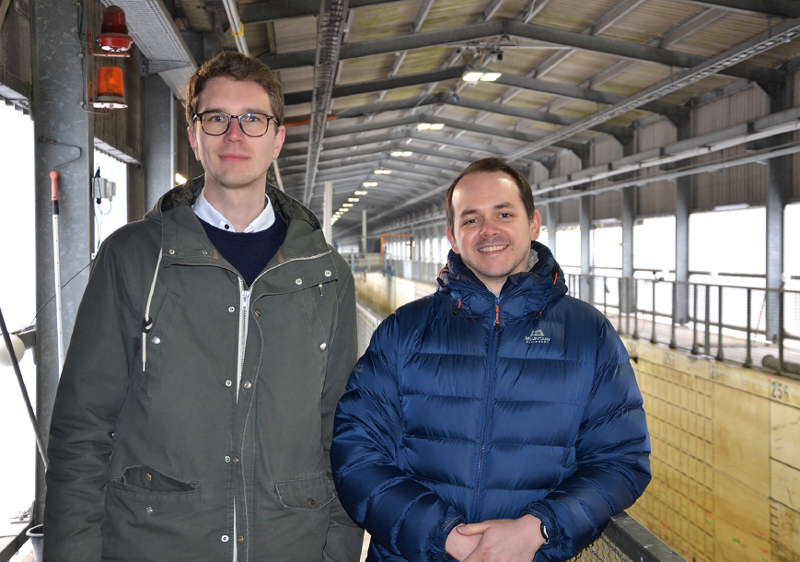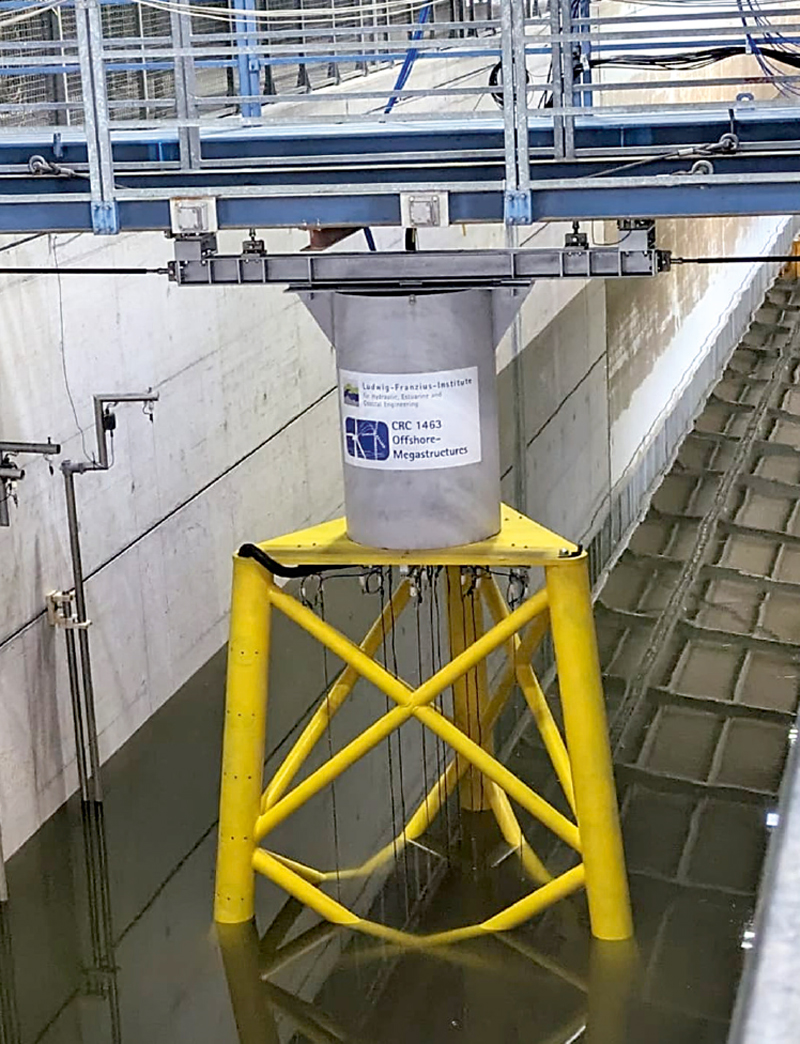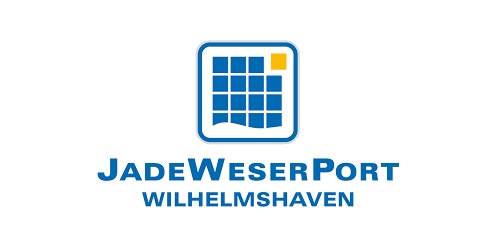Looking into the future is already possible in the Large Wave Flume of the Coastal Research Center in Hannover-Marienwerder. Researchers are currently testing the jacket structure of an offshore wind turbine with a total height in excess of 300 metres in one of the world’s largest wave flumes.
There are roughly six of these large wave flumes throughout the world available to the research community, including those in the Netherlands, USA, Taiwan and China. However, producing waves and currents of this magnitude at the same time is unique. Consequently, it is possible to answer questions, such as the influence of waves, currents and tides as well as questions about different types of foundations for wind turbines. Furthermore, the impact of tidal currents can be explored.
“There is a three-dimensional wave-current tank on the same premises,” reported Alexander Schendel, Operations Manager since 2024. The difference: “We are able to produce massive waves flowing in one direction in the wave flume, whereas in the shallower tank waves can be produced in different directions. Consequently, both systems complement each other brilliantly.”

Increasingly complex questions
Offshore wind energy is the focus of research, which is also one of the core areas of Leibniz University Hannover. The focus is specifically on offshore foundation structures for wind turbines, in particular monopiles and jackets. The former are large steel piles driven into the seabed and the latter are lattice-like grid structures made of steel tubes. Scientists from various fields are involved. “It is becoming more and more interdisciplinary because of increasingly complex issues,” observed Schendel, a coastal engineer with a doctorate.
This is because wind turbines are getting larger and larger as a result of rapid expansion and limited space. Consequently, new concepts for offshore wind turbines of the future are being investigated in the special research area of “Offshore Megastructures” (SFB). These are significantly higher than 300 metres and have an output of 20 to 25 megawatts, meaning they are considerably bigger and more powerful than the current models up to
200 metres in height with a nominal output of ten megawatts.
The wind turbines are subject to virtually unknown effects, for example wind conditions at heights of over a hundred metres. Due to their size and the more delicate construction required, environmental influences, as well as interactions between individual components, are becoming increasingly relevant. Tried- and-tested methods for developing and operating wind turbines can no longer be used on structures of this size.
Simulations using a digital twin
The goal of the SFB and the 17 subprojects, on which some 50 scientists are currently working, is to investigate physical and methodological principles based on the concept of a digital twin. Simulation models are developed that describe individual wind turbines over their entire life cycle, i.e. from planning to manufacturing, plus transportation, assembly and operation as well as maintenance and dismantling. The specific models are integrated into the digital twin that can always be adapted to reflect the current state using actual measurement data.
According to Schendel, all the subprojects within SFB are primarily concerned with basic research and less with applied research. Nevertheless, the aim is to get a result with concrete relevance for the application. One such example is calculating wave and current loads, another is scouring, meaning the removal of soil around the underwater structures, such as offshore wind turbines. The aim is to develop analytical and numerical models for integration into the digital twin.
The SFB was already funded to the tune of roughly 8.5 million euros by the German Research Foundation (DFG) between 2021 and 2024. “During this time, we developed a digital twin that realistically maps the complex loads of underwater megastructures,” reported Schendel. Moreover, work was carried out on early detection of damage using machine learning, and a concept for ultra-slim rotor blades was developed for generating more efficient energy at lower wind speeds.
As significant progress was made in the first DFG funding period, the second funding period has been running since 1 January 2025 and is due to end on 31 December 2028. It is likely that this will be extended to 2032. Now the researchers primarily intend to use the wave flume to validate and verify their previously developed methods. “We are going to see on a large scale whether the complex interactions between structure, soil and wave loading can be modelled by the models developed already, or whether these need to be expanded,” said Schendel.

Measurements in onshore and offshore wind farms
Furthermore, measurements are being taken at the new onshore wind energy research park ‘Wivaldi’ (acronym for wind validation) of the German Aerospace Center (DLR) in Braunschweig and as part of the project ‘Reallabor 70 GW Offshore Wind’. “The measurement data from the real twin provide a unique opportunity to validate the simulation models and monitoring methods as well as to test the plausibility of a digital twin concept,” explained Schendel.
Whilst some questioned whether computers would make such wave channels obsolete in the future about 30 years ago, today it is undisputed that they will continue to be indispensable. “Even AI models need data,” underlined Schendel. “Furthermore, despite the high performance of modern computers and algorithms, the physical processes are so complex that they cannot be simulated virtually in the foreseeable future.” This also explains why the wave flume is extremely popular among scientists and companies. In addition, the public tours that take place two to three times each year are in demand (cb)
Facts
Wave flume
Built: 1979 to 1983, extensively modernised between 2021 and 2023
Location: Hannover-Marienwerder
Dimensions: 300 metres high, 5 metres wide and 7 metres deep
Current: +- 1 metre per second at 4-metre water level
Max. flow rate: 20 cubic metres per second
Average flow speed: 0.8 metres per second (at a depth of 5 metres)




